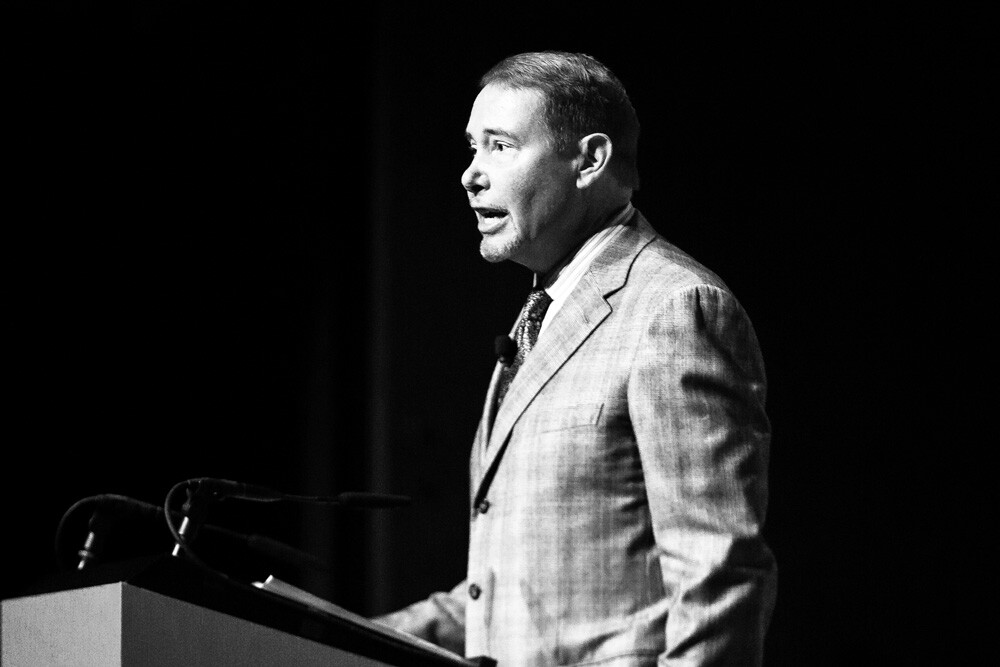It wasn’t just the market swoon in the fourth quarter that spooked Federal Reserve Chairman Jerome Powell.
Powell was concerned at just how badly the underlying plumbing of the credit markets performed, according to Danielle DiMartino Booth, CEO of economic research firm Quill Intelligence and a former analyst at the Federal Reserve Bank of Dallas. Although market watchers and regulators have been voicing their fears about the increasing lack of liquidity — essentially the inability to sell larger positions of even the most liquid issues — in bond markets over the last decade, the extreme volatility at the end of last year put the system to the test.
“Right now the Fed has its eye on the credit markets,” said DiMartino Booth, speaking at asset manager DoubleLine’s client conference on May 7th.
One glaring example was the shut down of the high-yield markets after General Electric’s credit rating was downgraded in October.
“What scared Powell was the credit market,” DiMartino Booth said. “That was game over for him.”
Since the financial crisis, new regulations worldwide have reined in the risks that banks can take, including some prosaic transactions in the credit markets where they have historically been market makers. As a result, the big dealers have had very little capacity to provide liquidity for sellers.
“In the old days, when retail investors sold or investors got scared, dealers would balloon up their balance sheets,” said Jeffrey Gundlach, CEO and chief investment officer of DoubleLine. “They can’t do that anymore.” Speaking at the event, Gundlach explained that the banks were paid for their role as market makers, raking in potential profits as a result of buying bonds during times of stress. Once markets settled down, they would sell off their inventory at higher prices.
“Listening to bond traders in December, you heard that some of these bonds were trading by appointment,” DiMartino Booth said.
[II Deep Dive: This Time IS Different, Credit Shop Argues]
In a separate discussion about the changed markets for credit, DoubleLine portfolio manager Andrew Hsu, who works on the firm’s global infrastructure investments, said he is focused on ways to mitigate the risks. For one, he looks for investments that rapidly pay back principal and interest. That way his fund’s investments are generating cash all the time, mitigating his concerns about not being able to meet shareholders’ requests for withdrawals during a time when markets are stressed.
But there are downsides to the strategy. “There is reinvestment risk,” Hsu explained. But he said it’s a better alternative “given the risk of having a period where investors want their money back and we can’t give that to them.”
DiMartino Booth said investors did make some changes after the events late last year.
“Triple-C pricing didn’t come back,” she said. “Investors didn’t drink a full glass of Kool-Aid. That was a sign of rationality as we watched investment grade and high-yield bond spreads come crashing down.”







